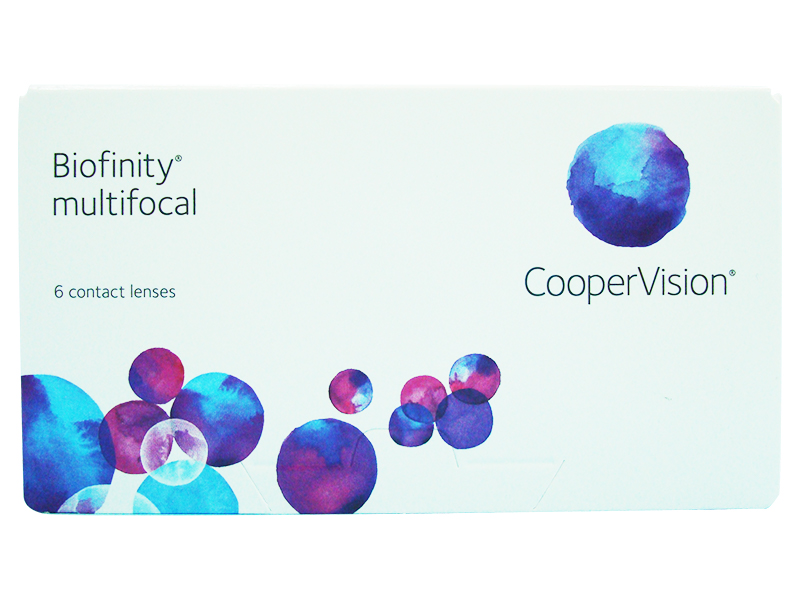Multifocal Contact Lenses

What are Multifocal contact lenses?
One lens contains the power to see both near and far. It is a contact lens that can correct farsightedness and nearsightedness with one lens. It can improve the difficulty of seeing nearby objects due to presbyopia.
Recommended for people who have these issues:
- Nearby objects look out of focus.
- When looking at small letters, you need to move them away a little to see.
- Clear vision in bright places, but difficulty seeing in dim light.
Causes of presbyopia
There is a [lens] in your eyes when you look at nearby objects, the lens thickens; when you look at things far away, the lens adjusts and becomes thinner. As you age however, this lens adjustment becomes more difficult.
How a bifocal contact lens works
Simultaneous vision type contact lenses use the functions of the brain to allow you to see far and near.
Looking at scenery over a net ...
 Simultaneous vision type lenses use
Simultaneous vision type lenses usedifferent functions of the brain,
so that you can see far end.
Contact lenses for myopia:
The prescription for seeing far distances is used on the whole surface of the lens.
On the other hand, bifocal contact lenses, (alternating vision design) are divided into two segments: one for viewing far distances and the other for viewing near distances. There are several types of these lenses, such as ones with regions of the lens designated for far, intermediate and near viewing (simultaneous vision design).
-
Alternating
Vision DesignYou can switch between seeing near and far by changing your line of sight to either the near vision region or the distance vision region of the contact lens.(Almost all rigid gas permeable contacts are this type).
-
Simultaneous
Vision DesignThe eyes can focus on both far and near images at the same time. The brain will judge on which image to focus.(Most soft gas permeable contacts are of this type)
-
Bifocal
These contact lenses have two prescriptions for distance use and near use with a clear separation between the two. Whether the distance or near power is located in the center or the periphery depends on the contact lens.
-
Multifocal
A type whose power gradually transitions from the center of the contact lens to the periphery. Whether the distance or near position power is located in the center or the periphery depends on the contact lens.
For bifocal contact lenses, apart from BC (base curve) and PWR (power), there is ADD (addition). Also called addition frequency. As for the addition figure, the higher the figure, higher the level of magnification.
Points to note about bifocal contact lenses
Until your eyes are used to the contacts, it may be difficult to see both near and far.
In a darker places, the pupil widens, so that the wearer sees the object through the near power region at the periphery; it may be a little difficult to see at a distance.
In a darker places, the pupil widens, so that the wearer sees the object through the near power region at the periphery; it may be a little difficult to see at a distance.
Most Suited For:Those who want to be able to see at “a level that does not interfere with their lives.” I do not want to use reading glasses; I want to enjoy sports and leisure.
Not Suited For:If you have astigmatism, you may feel stress from not being able to see near or far distances very well.
It’s much easier than having to take your reading glasses on and off!
Isn’t it troublesome to take out your reading glasses when you’re reading a book or something on your smartphone?
If you use a bifocal contact lens, you don’t need to keep taking your reading glasses on and off!







